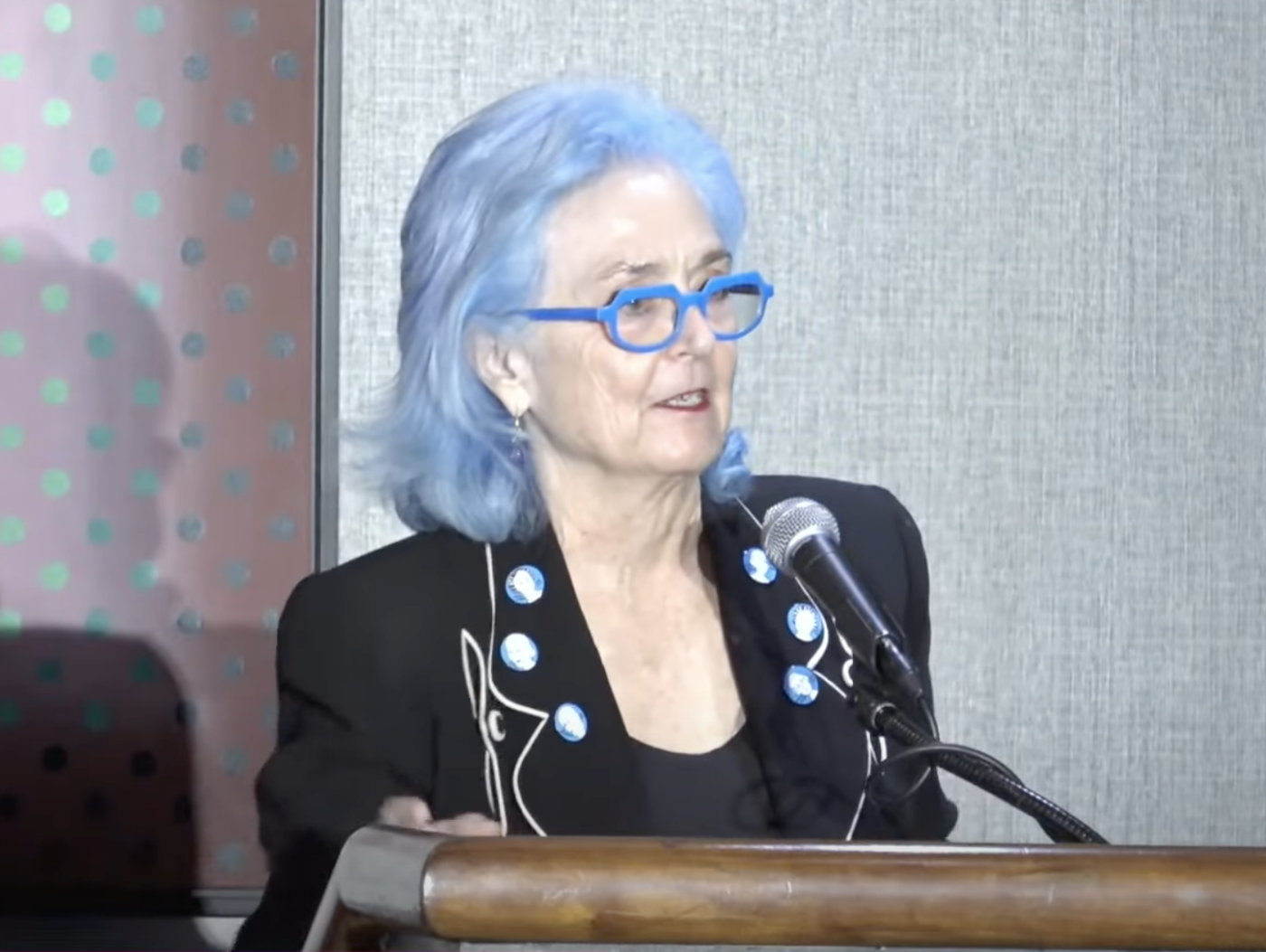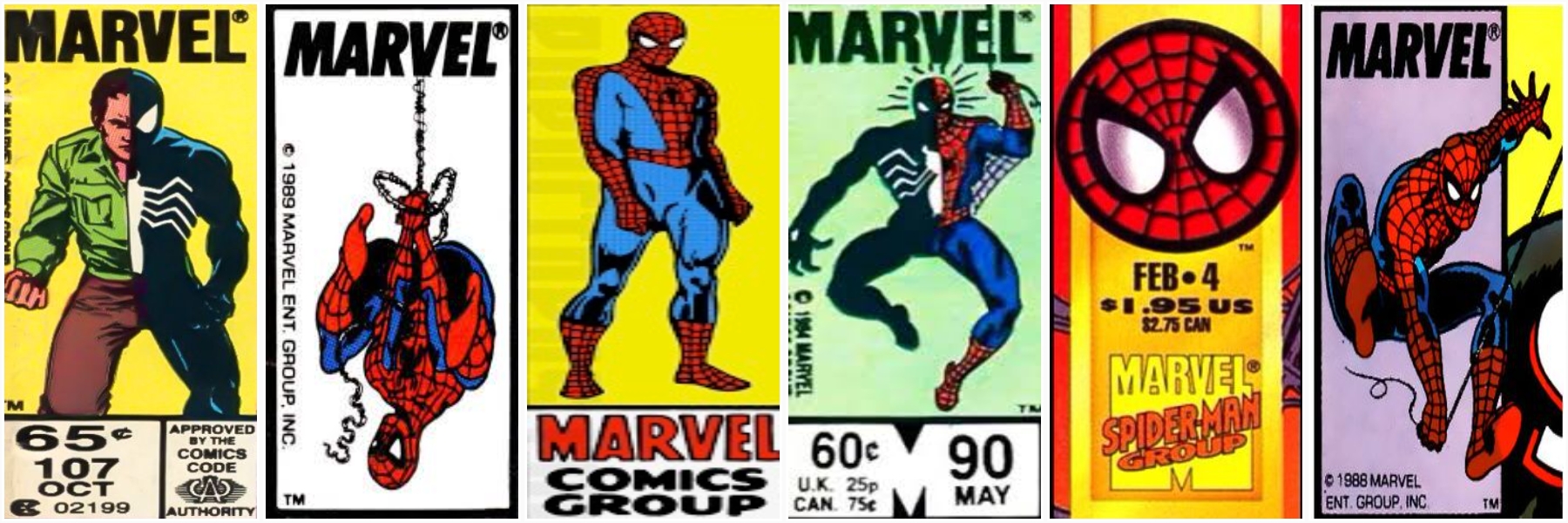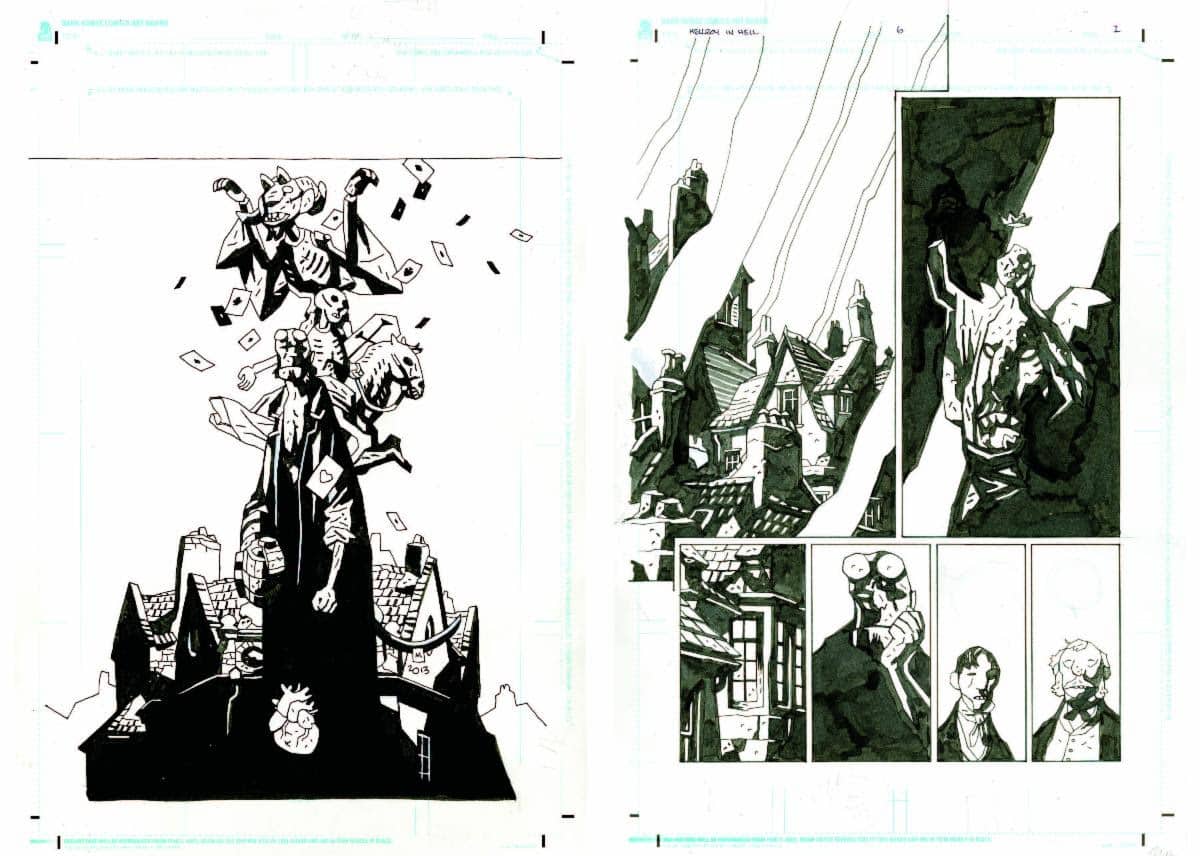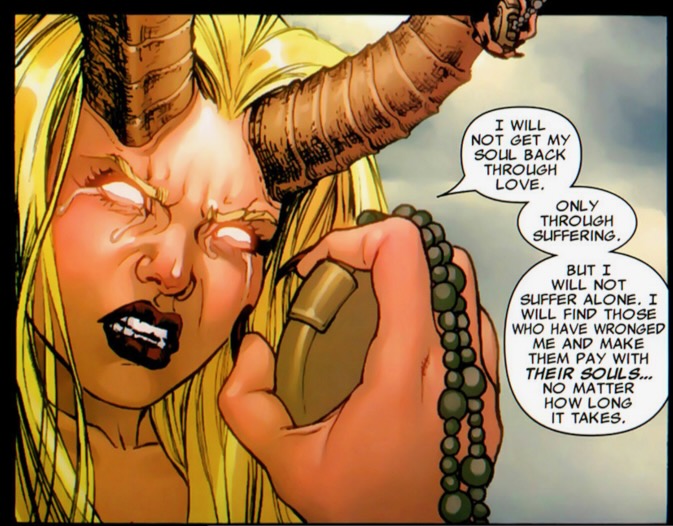Marvel Zombies hit Disney+ yesterday, Wednesday, September 24, 2025, without much of a bang, despite arriving over a week early on the streaming platform. While I have several theories as to why this is, that’s not the point of this article. Instead, we’re here to celebrate the crossover of two franchises I have long loved, Marvel and Star Trek, facing similar existential crises in the new political climate.
 Photo Credit: Marvel
Photo Credit: MarvelWe learn in Episode 1 of Marvel Zombies that Riri Williams, a.k.a. Ironheart, voiced by Dominque Thorne, has been working on a decked-out, zombie-safe vehicle appropriately named the “U.S.S. Uhura,” named after Starfleet communications officer and arguably the most historically significant character in the Star Trek franchise, Nyota Uhura, played by Nichelle Nichols in Star Trek: The Original Series and Star Trek: The Animated Series and Celia Rose Gooding in Star Trek: Strange New Worlds. Looking closely at the Ironheart-designed vehicle, one can see that not only is it named after Uhura, but its design is influenced by the Starfleet officer’s classic red and black uniform—although there is no visual reference to Uhura’s iconic green earrings as far as I can tell.
As the heroes take Uhura on her maiden voyage to save the world, Kamala Khan/Ms. Marvel, voiced by Iman Vellani, says, “Maiden voyage of the U.S.S. Uhura, baby! Engage, number one.” Once again, making a Star Trek reference. The line said by Ms. Marvel as Ironheart starts the vehicle is clearly referencing the command to initiate warp speed that’s used in Star Trek: The Next Generation by Captain Jean-Luc Picard (Sir Patrick Stewart), as well as a reference to Picard’s First Officer, William Riker (Jonathan Frakes), whom the captain lovingly calls “Number One.”
 The U.S.S. Uhura. Photo Credit: Marvel
The U.S.S. Uhura. Photo Credit: MarvelNaming the vehicle after Uhura is more than just a nod to Star Trek and its influence on the Marvel Cinematic Universe. It’s also a reference to the Uhura Effect, which refers to how the character has influenced young Black and Indigenous women to pursue careers in STEM. It is well-known that the character influenced the astronaut Dr. Mae C. Jemison, the first Black woman in space, to pursue a career in STEM, as she told a group of students at Duke University in 2013. While Jemison is the most cited example of the Uhura Effect, many other NASA astronauts and scientists have credited Nichols for their decisions to pursue STEM as a career. Some of these STEM folx—including Sally Ride, the first American woman in space, Guy Bluford Jr.and Ronald McNair, respectively the first and second Black men in space, Ellison Onizuka, the first Asian-American in space, and former NASA director Charles Bolden—were even directly recruited by Nichols herself, thanks to the actress’s conscious decision to inspire women and people of color to join the agency after the launch of Apollo 11.
The full impact of the Uhura Effect is currently being studied by Northeastern Illinois University researchers, who are looking at how “self-identified BIWOC (Black and Indigenous Women of Color) and their experience with Star Trek: The Original Series during its original airing and syndication during the 1960s and 1970s and their pursuit of STEM education and careers.” This project seeks to build on the findings of the well-known Scully Effect report by exploring how the original run and syndication of Star Trek may have influenced Black and Indigenous women of color in their decision to pursue careers in STEM.
Learn more about the Uhura Effect from Nichols herself in the video below:
Star Trek was also previously referenced in the Marvel Studios and Disney+ original series Ironheart, creating a nice continuity for the character of Riri Williams. The 2025 series made multiple references to Star Trek over the course of its first season. The first reference happened in Episode 2, “Will the Real Natalie Please Stand Up?,” when Riri responds to another character’s Star Wars reference by saying, “I just thought it was, you know, Trekkies for life…” Whereas the second reference happened in Episode 4, “Bad Magic.” In that episode, when Riri is compared to Spock, she answers that she always saw herself as more of an Uhura.
While those aren’t all the references to Star Trek in Ironheart (there is another awesome Star Trek: Wrath of Khan reference in Episode 5, for example), both of those are indicative of the influence that the franchise had on the character’s decision to enter STEM.





















 English (US) ·
English (US) ·